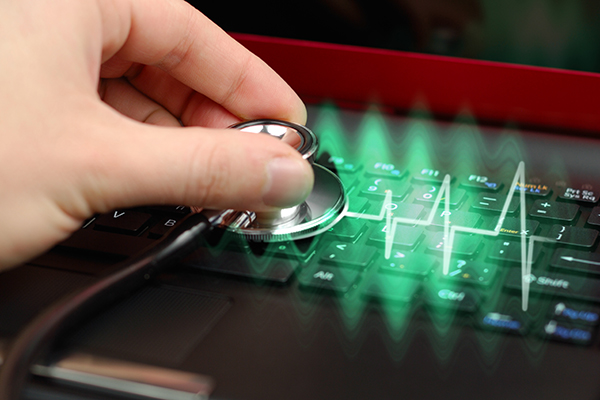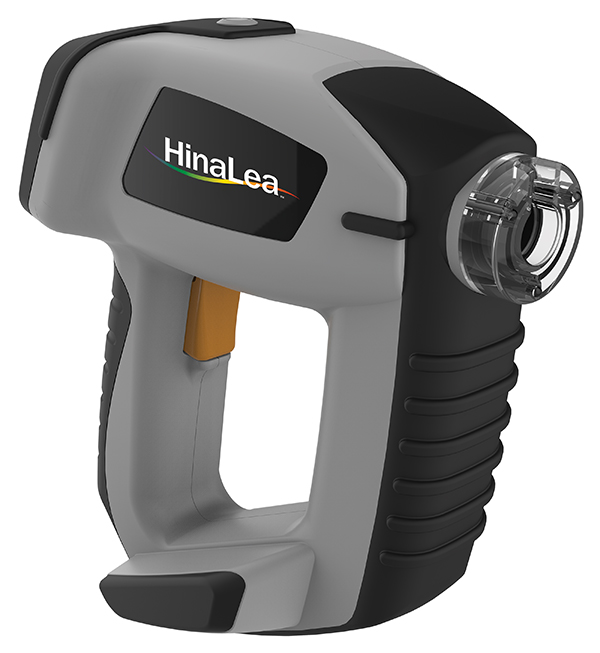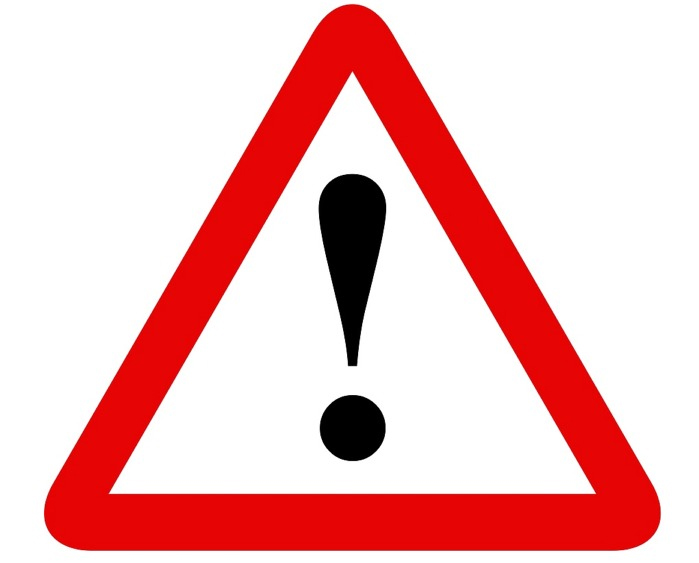

While connected capabilities and wireless technology certainly lead to greater patient care, they also expose devices to greater cybersecurity risks.

While connected capabilities and wireless technology certainly lead to greater patient care, they also expose devices to greater cybersecurity risks.

This year’s virtual event features experts from medical device companies, hospitals and government organizations.

As COVID-19 sweeps the globe, it’s becoming increasingly difficult for medical device leaders to navigate the arising challenges and prepare for the future.

Networks enable the use of critical resources, including telehealth services, medical IoT technology,and staff and personal devices. It is critical to have a reliable WiFi network to support these devices.

One goal is to develop a fast, non-invasive way to evaluate skin rashes, such as ‘COVID toes’, for ischemia.

Medtech companies will need to collaborate more closely with other parties in healthcare, as the aftermath of the coronavirus pandemic will have a comprehensive reach throughout the entire ecosystem. MTI speaks with Johnson & Johnson VP Raymond Fryrear, M.D. on the topic.

These countries have been more successful with managing the virus than the United States and the European Union.

Digital technologies offer more efficient and patient-friendly distribution of the up-to-date manufacturing details and safety advice mandated by regulators. But many firms in the medtech sector are not maximizing the opportunity to deliver regulated product information digitally.

COVID-19 is driving patients to seek telehealth solutions, and it won’t be a short-term boom.

A product issue could lead to serious health consequences, including loss of consciousness, bleeding, fluid buildup around the heart and death.